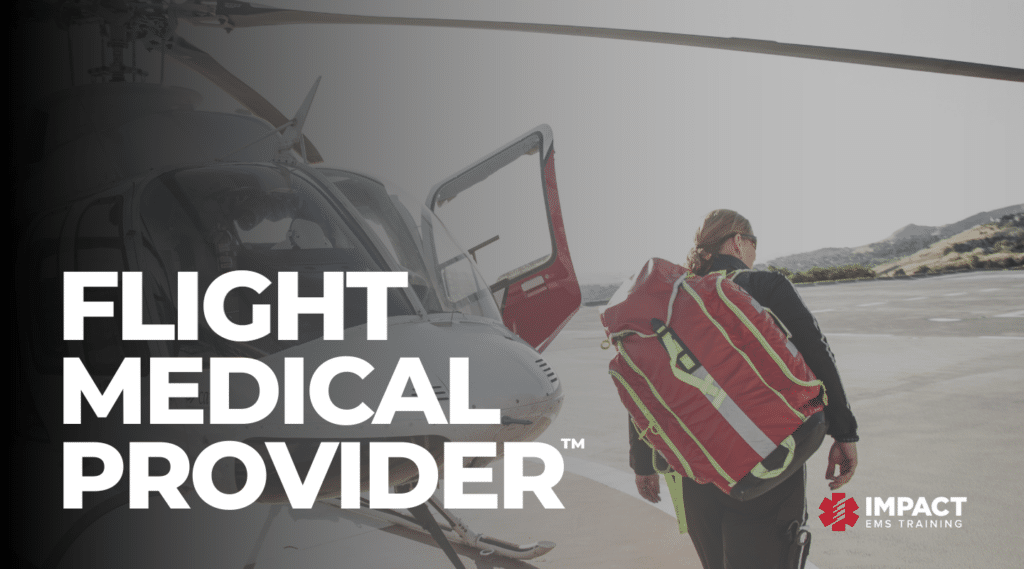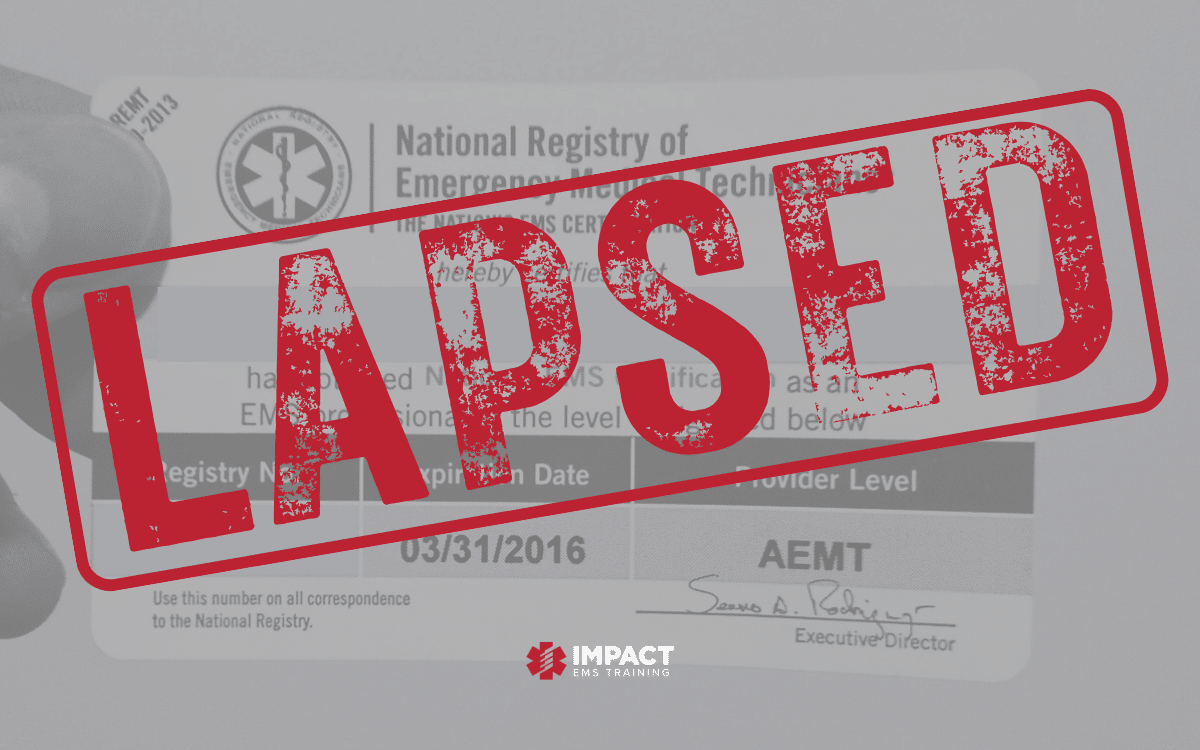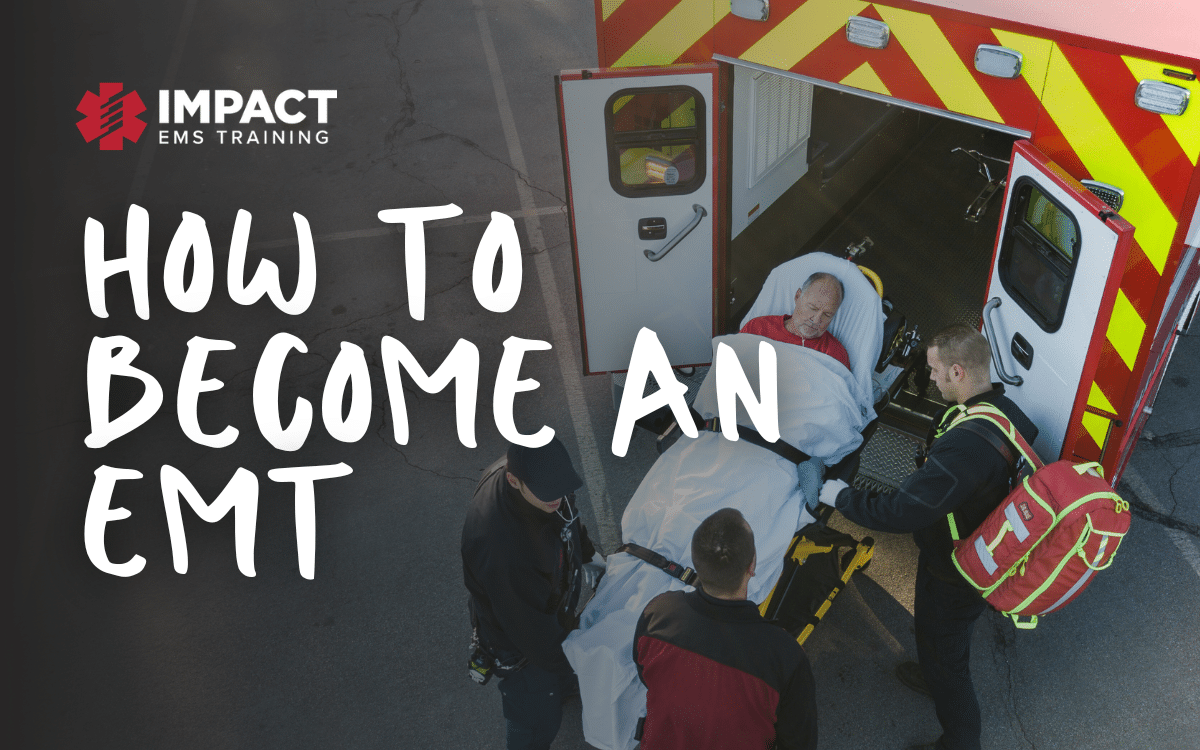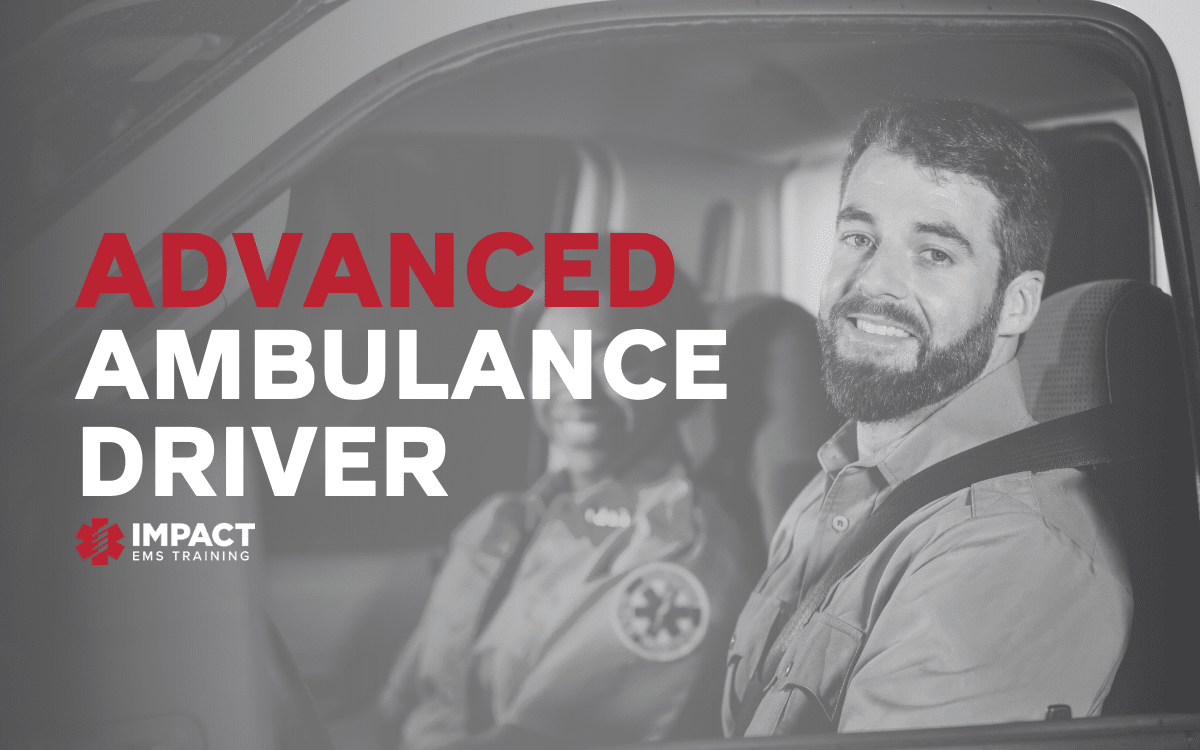What we eat matters. ????
Food is not good or bad. We have assigned these labels for pretty much every food.
Cookies = bad. Broccoli = good. I want you to challenge this food rule. If you only ate cookies for a week it would certainly impact your health and how you feel. Likewise, if you only ate broccoli for a week you would also see the effect on your health and how you felt due to the lack of protein and fat. I like to think about food as moving me toward my goal or away from my goal.
Decide what to eat with tools, not rules.
Here’s my number 1 food tool: Questions.
- How does this food feel in my body?
- Does this food provide my body necessary nutrients?
- Does this food get me the results I’m looking for?
- Eat foods that feel good in your body. If you get a gut ache, bloating, or feel like junk after eating certain foods. Really question if you want to continue to eat that food. Life is too short to eat foods that make you feel crappy!
- Eat nutrient-dense foods that will provide your body with the fuel it needs to function properly. If you answer no to question number 2, that’s ok, it’s really good to become aware of the decisions you are making about what you are eating.
- If your goal is weight loss, eating cookies will not get you the result you are looking for.
- Answering these questions and thinking about the answers is a tool of awareness. From awareness, we can make change.
When we eat matters. ⏰
Did you know that each cell in our body has its own circadian rhythm? This is troublesome for those of us in EMS. Two words…SHIFT WORK.[1]
Disruption in the circadian rhythm brought on by shift work increases the risk of cardiovascular disease and metabolic disorders such as type 2 diabetes and obesity. [2]
There is emerging research that shows eating in synchrony of our circadian rhythm can benefit shift workers. The takeaway is to eat during daylight hours. If you are eating the majority of your food when it is dark outside, consider making adjustments.
For example, about two years ago I stopped eating during the night shift. At first, I brought a few snack foods that were part of my eating protocol (nuts, fruit, cheese) and if I got really hungry, I would eat portioned out amounts of the snack. Eventually, I adjusted my daytime eating so that I would not need additional food during the night. When I’m on a stretch of nights, I usually eat when I get home….one egg and ¼ of an avocado, and salsa. My next meal will be around 17:00-18:00, most of the time it’s a big salad with meat, cheese, and full-fat dressing. I very rarely get hungry at night. This is what works for me, I encourage you to experiment with finding what works best for you!
How much we eat matters. ⚖️
Food tools, not rules, are at play here too. I know this will ruffle some feathers, and that’s ok. At the end of the day, you get to decide what works best for you. I’m just here to create awareness and challenge your beliefs!
Calories, points, macros, and more…are the rules many follow when it comes to deciding how much to eat. My question is this…do you want to be tracking these things for the rest of your life? When you become so dependant on things outside of you for your results, you are giving away all your control. I say ditch those rules and try this tool instead. It is called the Hunger Scale and it’s built-in to your body.
In EMS, we are known for shoving food down as fast as we can when we do get a moment to eat or we are ignoring hunger signals when we are on a long stand-by or scene. We disconnect from our bodies to do what needs to get done. This seems protective, but when it comes to our Well-Being, this type of disconnection is not good for us.
Maybe you have heard of “mindful eating” or “intuitive eating”. [3,4,5] Both are great ways to eat. Let’s keep it simple here and call it “common sense eating”. As my husband says, “don’t eat like it’s Thanksgiving every day”. Good point.
Decide how much to eat with tools, not rules.
The tool I use to teach people how to do this “common sense eating” is called the Hunger Scale. Learning this tool is great because you always have it with you!
-10 = most intense hunger. 0 = neutral. +10 = maximum fullness
-10 – – – – -5 – – – – 0 – – – – +5 – – – – +10
-1 = faint whisper of hunger
– 3 = noticing hunger, but not an emergency
-4 = time to eat sooner than later
Impact EMS offers accredited certification and refresher courses in one trusted location. Fully prepare for certification exams and maintain licensure with skill building credits.




